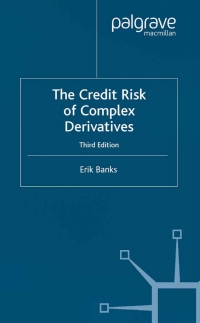NDING YOUR KNOWLEDGE LOG EYK6-1. Business Decision Case The following total cost data are for Ralston Manufacturing Compan which has a normal capacity per period of 400,000 units of product that sell for $18 each. For foreseeable future, regular sales volume should continue at normal capacity of production. Chapter 6 Cost-Volume-Profit Relationships Direct materials. Direct labor. Variable overhead Fixed overhead (Note 1). Selling expense (Note 2) Administrative expense (fixed) $1,720,000 1,120,000 560,000 880,000 720,000 200.000 $5,200,000 Notes: 1. Beyond normal capacity, fixed overhead cost increases $30,000 for each 20,000 units or fraction thereof until a maximum capacity of 640,000 units is reached. 2. Selling expenses are a 10% sales commission. Ralston pays only one-half of the regular sales commission rates on any sale of 20,000 or more units. Ralston's sales manager has received a special order for 48,000 units from a large discount chain at a special price of $16 each, F.O.B.factory. The controller's office has furnished the following additional cost data related to the special order: 1. Changes in the product's construction will reduce direct materials $1.80 per unit. 2. Special processing will add 25% to the per-unit direct labor costs. 3. Variable overhead will continue at the same proportion of direct labor costs. 4. Other costs should not be affected. Variable overhead Fixed overhead (Note 1). Selling expense (Note 2) Administrative expense (fixed) $1.720,000 1.120.000 560,000 880,000 720,000 200,000 $5,200,000 Notes: 1. Beyond normal capacity, fixed overhead cost increases $30,000 for each 20,000 units or fraction thereof until a maximum capacity of 640,000 units is reached. 2. Selling expenses are a 10% sales commission. Ralston pays only one-half of the regular sales commission rates on any sale of 20,000 or more units. Ralston's sales manager has received a special order for 48,000 units from a large discount chain at a special price of $16 each, F.O.B.factory. The controller's office has furnished the following additional cost data related to the special order: 1. Changes in the product's construction will reduce direct materials $1.80 per unit. 2. Special processing will add 25% to the per-unit direct labor costs. 3. Variable overhead will continue at the same proportion of direct labor costs. 4. Other costs should not be affected. Required a. Present an analysis supporting a decision to accept or reject the special order. Assume Ralston's regular sales are not affected by this special order. b. What is the lowest unit sales price Ralston could receive and still make a before-tax profit of $39,600 on the special order? a large CPA firm, has been approached by Bruce Jonas, a EXK6









